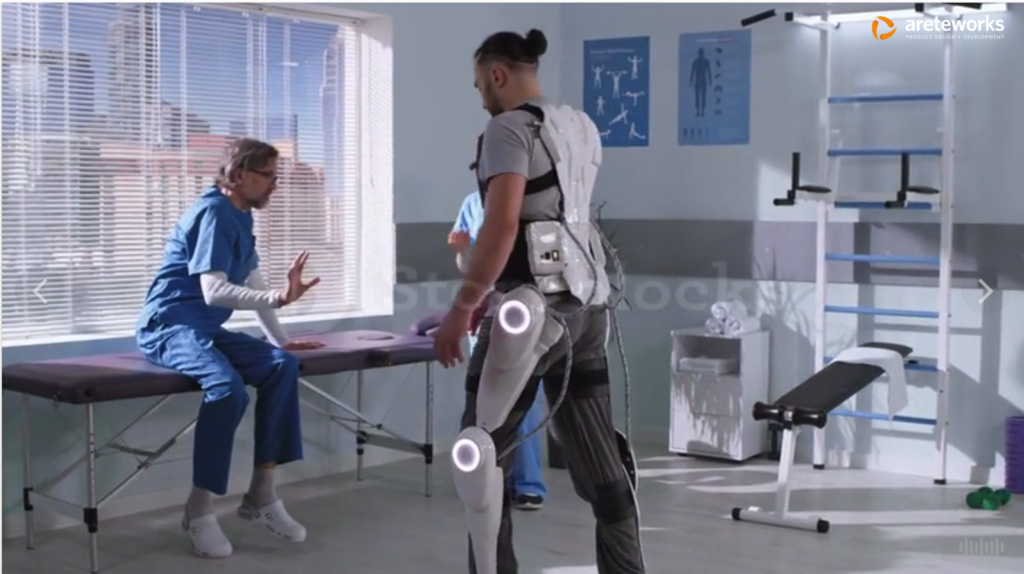The Intersection of Emotion and Technology: Using Storytelling and UX Design to Enhance Patient Care
Storytelling involves using narratives to convey information and evoke emotions. In healthcare, storytelling can be used to connect with patients on a personal level, build trust, and create a more engaging and effective patient experience. Stories can help patients understand their health conditions, treatment options, and expected outcomes and encourage behavior change and adherence to treatment plans. Before discussing the influence of combining storytelling and UX design, let’s discuss the benefits of storytelling and UX design separately.
The benefits of storytelling in healthcare include the following:
- Building trust and empathy with patients: Stories can help healthcare providers connect with patients emotionally, leading to increased confidence and better communication.
- Enhancing patient engagement and understanding: Stories can make complex medical information more accessible and understandable to patients, leading to better engagement and improved health outcomes.
- Encouraging behavior change and adherence to treatment plans: Stories can motivate patients to make lifestyle changes, adhere to treatment plans, and take an active role in their care.
UX Design in Healthcare
UX (User Experience) design involves designing user-engaging experiences. In healthcare, UX design can be used to create more streamlined and user-friendly experiences for patients and healthcare providers alike.
The benefits of UX design in healthcare include the following:
- Streamlining patient experience: Well-designed interfaces and digital tools can help patients navigate complex healthcare systems more efficiently, improving satisfaction and health outcomes.
- Enhancing patient satisfaction and loyalty: A positive user experience can increase patient satisfaction and loyalty.
- Improving patient outcomes: Digital tools can monitor and track patient progress, thus improving outcomes and better care coordination.
The Intersection of Storytelling and UX Design in Healthcare

Combining storytelling and UX design can create a more holistic and engaging patient experience. By using storytelling to convey information and evoke emotions, and UX design to create streamlined and user-friendly interfaces, healthcare organizations can address patient needs and concerns more effectively, leading to improved outcomes and greater patient satisfaction.
The benefits of combining storytelling and UX design in healthcare include the following:
- Creating a more holistic patient experience: By combining emotional and practical elements, storytelling and UX design can create a more comprehensive and engaging patient experience.
- Addressing patient needs and concerns more effectively: By using narratives and user-friendly interfaces, healthcare organizations can more effectively communicate with patients and address their needs and concerns.
- Improving patient outcomes and satisfaction: A positive and engaging patient experience can improve health outcomes and patient satisfaction.
Examples of successful integration of storytelling and UX design in healthcare include:
- An example of how UX design has improved patient experience is the implementation of virtual visits. Due to the COVID-19 pandemic, many healthcare organizations began offering telehealth services, allowing patients to meet with their healthcare providers virtually. UX design was critical in making these virtual visits easy to access and use, with user-friendly interfaces and clear instructions. As a result, patients could receive necessary medical care without leaving their homes, improving their experience, and reducing the risk of infection.
- Another excellent example of narrative and UX design in the healthcare industry is the “Stanford Medicine 25” website, which employs movies and other multimedia to showcase physical testing procedures and skills. The video allows visitors to watch and learn the physical exam techniques, and the website’s layout is simple and intuitive. The learning process becomes more interesting and memorable for users when compelling storytelling and strong UX design are combined.
By building trust and empathy with patients, enhancing patient engagement and understanding, streamlining the patient experience, and improving patient outcomes and satisfaction, organizations can create a more effective and holistic patient experience.
